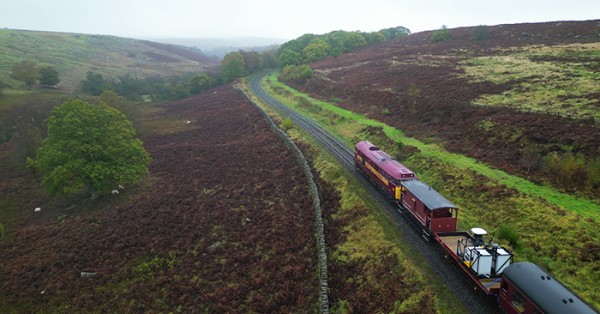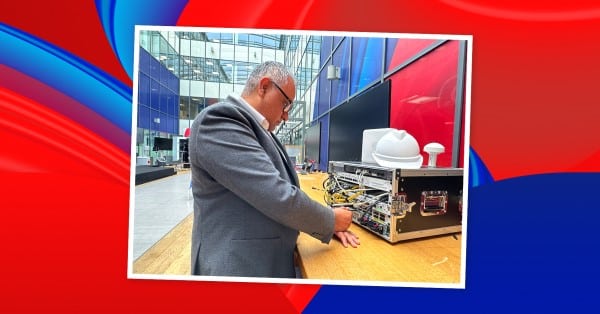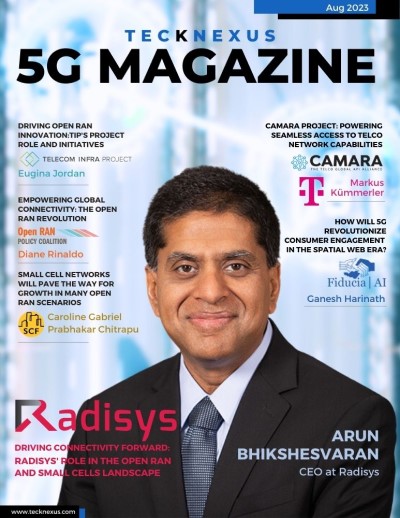London, 27 October 2023 – Eutelsat OneWeb, the global communications company powered by Space, has teamed up with Icomera, a leading provider of integrated connectivity solutions for public transport networks and CGI, one of the largest IT and business services firms in the world, to test the integration of satellite communications and mobile 5G networks across the rail network.
The future of rail transport critically depends on operators taking advantage of advanced communications systems to enhance safety, increase automation, cut operating costs and improve the experience for rail passengers. During the pandemic, rail passenger numbers dropped globally by roughly 80% and in the post-COVID world, the provision of seamless and reliable connectivity, is seen as a key factor in enticing passengers back.
Project Sodor, part funded by the European Space Agency will trial the use of both existing terrestrial 5G networks, and the OneWeb Low Earth Orbit satellite network to deliver both operational and passenger connectivity across the rail network. The initial trials will take place at the North Yorkshire Moors Railway in late October, using a Kymeta U8 user terminal installed on a rolling test bed.
Across the rail ecosystem, different users will have different demands on the satellite and terrestrial networks with sometimes very diverse and extreme requirements for latency, throughput, capacity and availability. To achieve consistent, resilient and affordable connectivity across domestic, continental and international rail networks a mix of technologies is required. The seamless integration of Low Earth Orbit satellite communications and existing mobile 5G networks is necessary to leverage the strengths of both. Demonstrating the ability of the hybrid network to support all manner of different uses, both operational and passenger, cost-effectively from one common infrastructure will be a key component of this pilot scheme.
With the Future Railway Mobile Communications System FRMCS due to replace GSM-R and other legacy systems, this timely pilot scheme will provide significant validation as rail operators begin to plan how they will prepare and migrate their networks to take advantage of 5G-based FRMCS and the latest LEO satellite connectivity.
Jaime Reed, Vice President of Space Data Platforms and Applications at CGI in the UK and Australia said: “Integrating terrestrial and satellite networks can provide a cost-effective solution for ubiquitous connectivity. Satellites can provide the missing coverage needed for large transport networks. At CGI we have been leading the way in making these complex integrated networks a reality and we are very much looking forward to working with our partners to further address these challenges so that we can bring these capabilities to market.”
“The digital transformation of the railway has been underway for more than a decade now, but we are now entering a particularly exciting phase. New technologies such as our Low Earth Orbit satellite network will enable use cases and applications that we can hardly even imagine today. Critical to all of these applications will be a highly advanced, flexible and automatable communications system that ensures the capacity, responsiveness and security that railways will require.” Said Drew Brandy, Head of Land Mobility at Eutelsat OneWeb.
Source: Press releases Read More


















